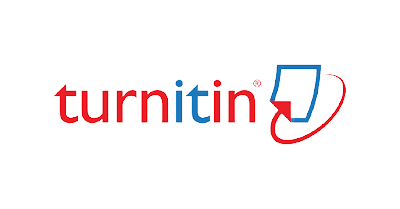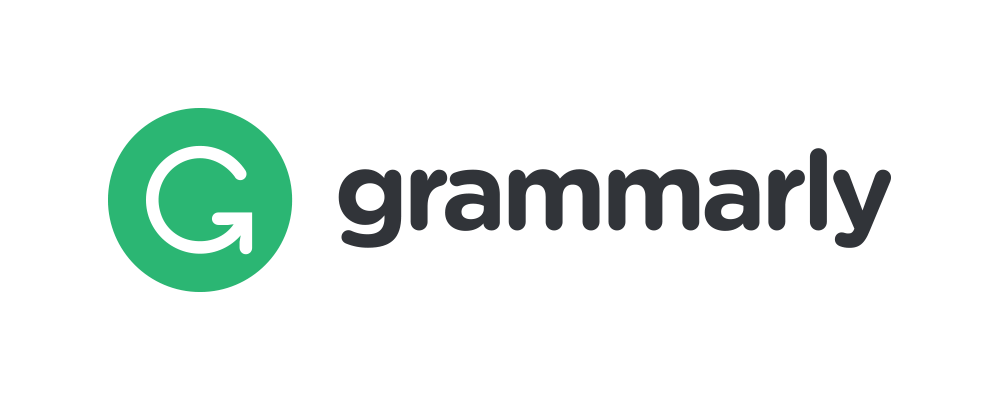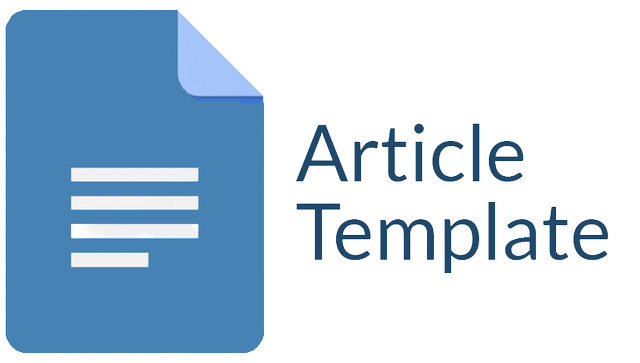PEMANFAATAN ARTIFICIAL INTELLIGENCE DALAM BIDANG KESEHATAN
Abstract
The existence of Artificial Intelligence (AI) technology has changed the landscape in every field, especially in the health sector, optimizing medical data analysis, making diagnoses, and personalizing treatment. This article explores the application of AI in healthcare, highlighting its potential to improve patient outcomes, improve medical decision-making, and optimize healthcare delivery. This article also explores the ethical challenges and considerations associated with the integration of AI in healthcare. The article concludes by looking into the future of AI in healthcare, emphasizing the importance of collaboration between healthcare professionals and AI systems to optimize its potential
Downloads
References
Barr.a., edward a, feigenbaum, paul r. cohen. (1982). the handbook of artificial intelligence.
Dani, A., Riski, F., Rizal, jafar sidiq, Sahrudin, & Endwin, l p z. (2021). Tinjauan Literatur Sistematik pada Sistem Pakar untuk Diagnosa Penyakit Manusia. AI Dan SPK : Jurnal Artificial Inteligent Dan Sistem Penunjang Keputusan, 1(1).
Devianto, Y., & Dwiasnati, S. (2020). kerangka kerja sistem kecerdasan buatan dalam meningkatkan kompetensi sumber daya manusia indonesia. Telekomun, 10(1), 19.
Habibi, a., & Haryati, r. t. s. (2022). artificial intellegence in nursing : a literature review. Jkft, 6(2), 8–16.
Hamson, Z., Supartha, i. k. d. g., Wahyudi, m. h., Sugiyarto, S., Fitri, Y., Muntasir, M., Taureng, H., Adesta, r. o, Illiandri, O., & Muslimin, I. (2021). informasi teknologi di dunia ilmu kesehstan (R. R (ed.)). Harianus, Z. (2023). PERAN ARTIFICIAL INTELLIGENCE DALAM PENGELOLAAN RME. Aido Health. https://aido.id/health-articles/artificial-intelligence- pengelolaan-rme/detail Hcs, C., H, S., T, D., H, V., & S, Y. (2019). Advancing drug discovery via artificial intelligence. Trends in Pharmacological Sciences, 40(8), 592–604. https://doi.org/10.1016/j.tips.2019.06.004 Ipaj, s.m, ., & Nurwati, N. (2020). analisis pengaruh tingkat kematian covid 19 terhadap kesehatan mental masyarakat indonesia. Jurnal Pekerja SosiaL, 3(1), 16–28. K, K. (2006). Sistem Pakar teori dan aplikasi. andi. Kusumadewi. (2003). Artificial Intelligence (teknik dan aplikasinya). Graha Ilmu. M.nasir. (2013). Metode Penelitian. ghalia indonesia. Manganello, Gerstner, G., Pergolino, Kristen, G., Yvone, F., Angela, S., & David. (2017). The Relationship of Health Literacy With Use of Digital Technology for Health Information: Implications for Public Health Practice. Journal of Public Health Management and Practice, 23(4), 380–387. https://doi.org/https://doi.org/10.1097/PHH.0000000000000366 Marvin, M. (1966). artificial intellegence. rich, elaine, dan kevin knight. (1991). artificial intelligence. robert. h. brook. (2017). should the definition of health include a measure of tolerance. Journal of the American Medical Association, 317(6), 585. Sarwono, J. (2006). Metode Penelitian Kuantitatif dan Kualitatif. Graha Ilmu. Sugiyono. (2012). Memahami Penelitian Kualitatif. Alfabeta. Teng, Minnie, Singla, Rohit, Yau, Olivia, Lamoureux, Daniel, Gupta, Aurinjoy, Hu, Zoe, Hu, Ricky, Aissiou, Amira, Eaton, Shane, Hamm, … Thalia, S. (2022). ia, Jarus, Tal, & Field, Thalia S. (2022). Health Care Students’ Perspectives On Artificial Intelligence: Countrywide Survey In Canada. Jmir Medical Education, 8(1), 1–18. https://doi.org/10.2196/33390 Vitiello, V., Lee, S., Cundy, T., & Yang, G. (2013). Emerging robotic platforms for minimally invasive surgery. 6(111), 26. https://doi.org/10.1109/RBME.2012.2236311 Wentink, M., Stassen, L. P. S., Alwayn, I., Hosman, R. J. A. W., & Stassen, H. G. (2003). Rasmussen’s model of human behavior in laparoscopy training. Surgical Endoscopy And Other Interventional Techniques, 17(8), 1241–1246. https://doi.org/10.1007/s00464-002-9140-z
Copyright (c) 2024 Ganis Sanhaji, Amirul Irsyaad Hizbullah

This work is licensed under a Creative Commons Attribution-ShareAlike 4.0 International License.
Jurnal allows anyone to compose, correct, and do derivative works, even for commercial purposes, as long as they credit for the original work. This license is the freest. It is recommended for maximum distribution and use of licensed material.
The submitted paper is assumed not to contain any proprietary materials that are not protected by patent rights or patent applications; The responsibility for technical content and protection of proprietary materials rests with the authors and their organizations and not the responsibility of journal or its editorial staff. The primary (first/appropriate) author is responsible for ensuring that the article has been viewed and approved by all other authors. The author's responsibility is to obtain all necessary copyright waivers to use any copyrighted material in the manuscript before submission.
Jurnal Pendidikan, Sains dan Teknologi allows the author(s) to hold the copyright without restrictions and allow the author(s) to retain publishing rights without restrictions. Jurnal Pendidikan, Sains dan Teknologi CC-BY-SA or an equivalent license as the optimal license for the publication, distribution, use, and reuse of scholarly work. Jurnal Pendidikan, Sains dan Teknologi allows the author(s) to hold the copyright without restrictions and allow the author(s) to retain publishing rights without restrictions. Jurnal Pendidikan, Sains dan Teknologi CC-BY-SA or an equivalent license as the optimal license for the publication, distribution, use, and reuse of scholarly work.
In developing strategy and setting priorities Jurnal Pendidikan, Sains dan Teknologi recognize that free access is better than priced access, libre access is better than free access, and libre under CC-BY-SA or the equivalent is better than libre under more restrictive open licenses. We should achieve what we can when we can. We should not delay achieving free in order to achieve libre, and we should not stop with free when we can achieve libre.
Jurnal Pendidikan, Sains dan Teknologi is licensed under a Creative Commons Attribution-ShareAlike 4.0 International License.
You are free to:
- Share a copy and redistribute the material in any medium or format
- Adapt a remix, transform, and build upon the material for any purpose, even commercially.
- The licensor cannot revoke these freedoms as long as you follow the license terms.






